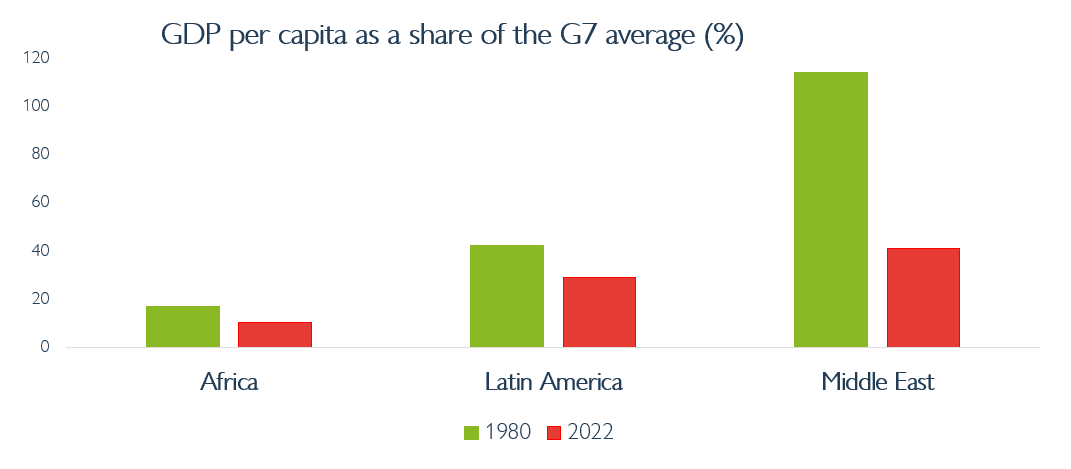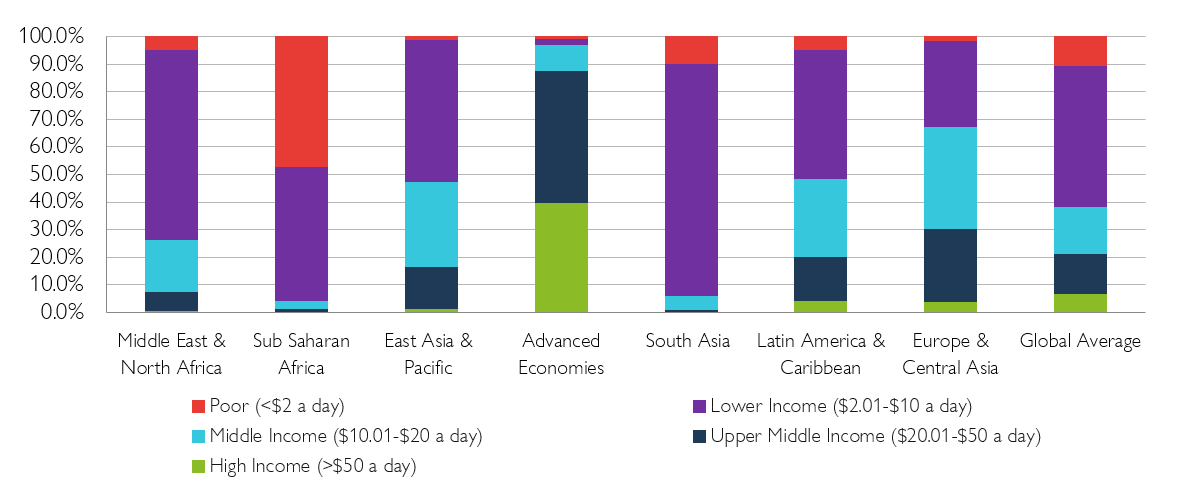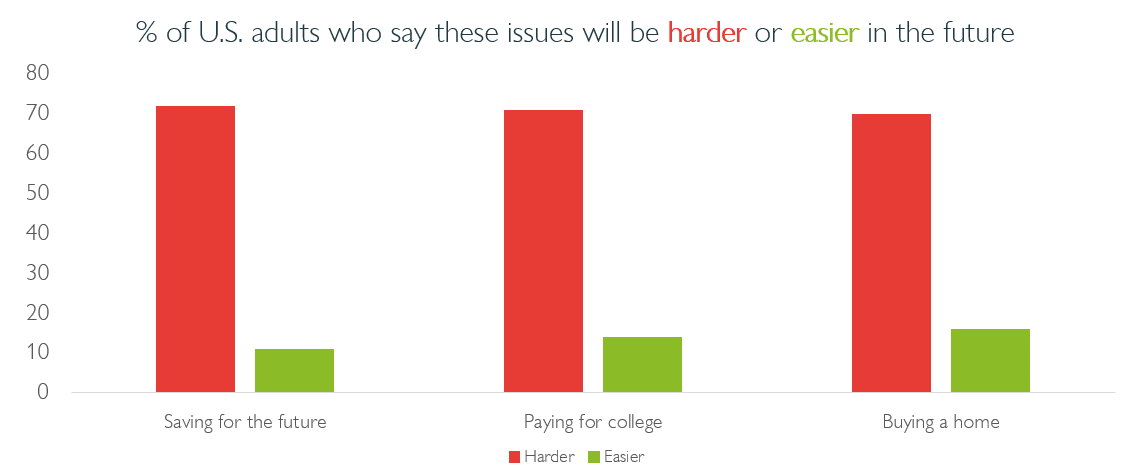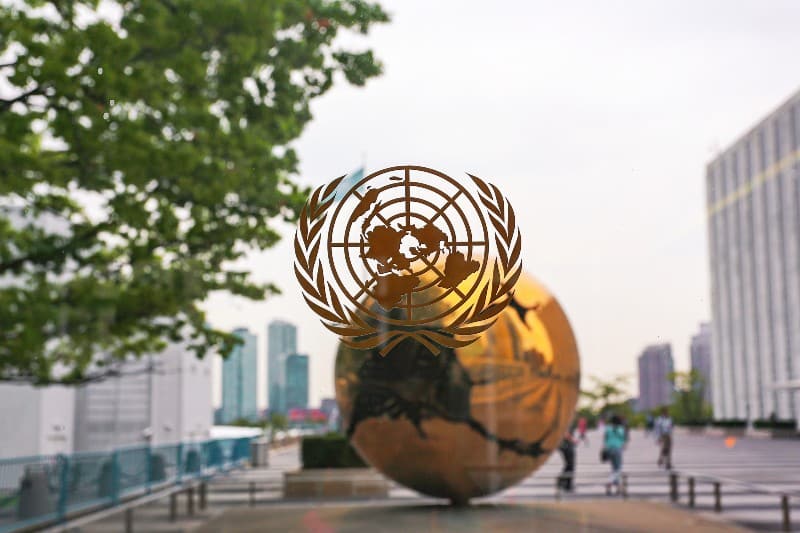The 2023 United Nations General Assembly (UNGA) will provide world leaders with an opportunity to discuss many global issues, including the environment, poverty, war, food security, and progress against the UN Sustainable Development Goals. One of the most important phenomena leaders should consider adding to their list of topics to be discussed is nonconsumption.
Nonconsumption is the inability of an entity (person or organization) to consume a product or service that will help them make progress. For example, across Sub Saharan Africa more than 600 million people lack access to electricity. Tens of millions more who do have access to electricity only have intermittent and unreliable power. From housing and healthcare services to credit and economic opportunities, the average African struggles to consume many products and services that can help them make progress. This inability to consume can arise from the product’s cost, inconvenience and complexity, along with a host of other factors.
Since 1980, the global economy has grown by more than nine times, from a GDP of approximately $11 trillion to more than $101 trillion in 2022. In the same period, however, most region’s share of GDP relative to the world’s wealthiest countries has shrunk. For instance, “outside of South Asia and East Asia, development over the last generation has gone backward in most of the countries that are not yet rich,” writes Eduardo Porter, a Bloomberg columnist.

Source: Eduardo Porter at Bloomberg (IMF)
In fact, fewer than seven percent of people globally live on more than $50 a day (or $18,250 a year), according to research from Pew Research Center. In Sub Saharan Africa, only 0.3% of people live on that much.
Income distribution in different regions across the globe

Although several products and services such as mobile phones and social media have become more widespread globally, the vast majority of people in Sub Saharan Africa–and the world–are struggling to consume products and services that will help them make progress. Even in the world’s wealthiest country, the United States, the vast majority of people believe saving for their future, paying for college, and buying a home will be harder.

It is hard to ignore this phenomenon. The global economy is growing, yet nonconsumption, struggle, and feelings of despondency are increasing. What gives?
In our book, The Prosperity Paradox: How Innovation Can Lift Nations Out of Poverty, we described how a particular type of innovation–market-creating innovation–targets nonconsumption. These innovations transform complicated and expensive products into simple and affordable and make them more accessible to many in society. When new markets that target nonconsumption are created, jobs, taxes, and wealth are all generated.
For example, decades ago computers used to be complicated and expensive multimillion dollar machines reserved for the largest of organizations. Today, close to half a billion computing devices are sold worldwide. Transitioning from a world where tens or hundreds of computers were sold annually to one where more computers were sold than people in the United States required market-creating innovators to build new technologies, education, sales, marketing, applications, operations, manufacturing, distribution, retail, and so many other components. In effect, innovators built a new value network for the computer.
Value networks represent the “context within which an organization identifies and responds to customers’ needs, solves problems, procures input, reacts to competitors, and strives for profit,” according to late Harvard Business School professor Clayton Christensen. Christensen also notes that an “organization’s particular value network shapes its behavior by providing it access to resources, regulating and interfacing with its processes, providing its sources of revenue, and being the source of demand for its value propositions. In short, an organization’s value network is the dominant influence on its priorities.”
A primary reason the world continues to grow richer with major pockets of nonconsumption increasing is because existing value networks are designed to serve the consumption economy and not nonconsumption. Just like computer manufacturers created new value networks to enable them to serve nonconsumption of computers, leaders at UNGA must discuss what it takes to create value networks to serve nonconsumption of opportunity globally.
If leaders at the 2023 UNGA continue to do things they have been doing for years, that is, have the same meetings with the same people and discuss the same issues, they are effectively recycling their existing value network. Nothing transformative is likely to happen. But if they discuss the global nonconsumption phenomenon and ask what new value networks are necessary to transform this nonconsumption to consumption, then progress is possible.



